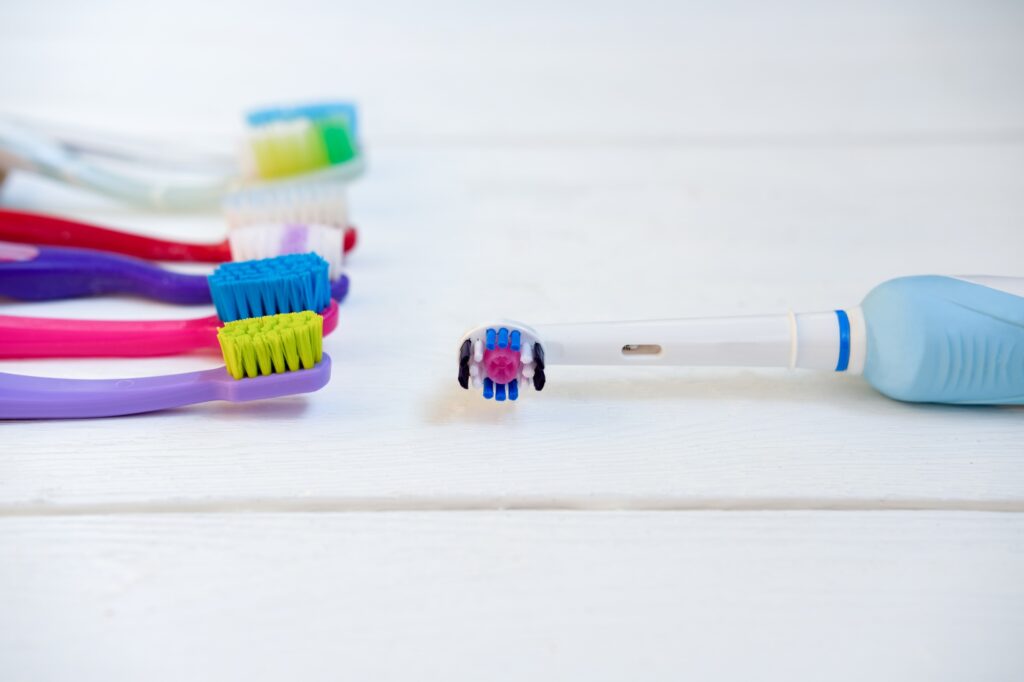There are a lot of toothbrushes out there. Rows and rows of them. Some vibrate. Some rotate. Some link to your phone via Bluetooth (seriously).
But does spending more mean healthier teeth?
And what toothbrush do actual dentists in Kansas recommend to their patients?
Here at Love to Smile, we get asked this question every single day. So we’re breaking it down—based on science, not marketing hype. Let’s find the brush that’s best for your smile.
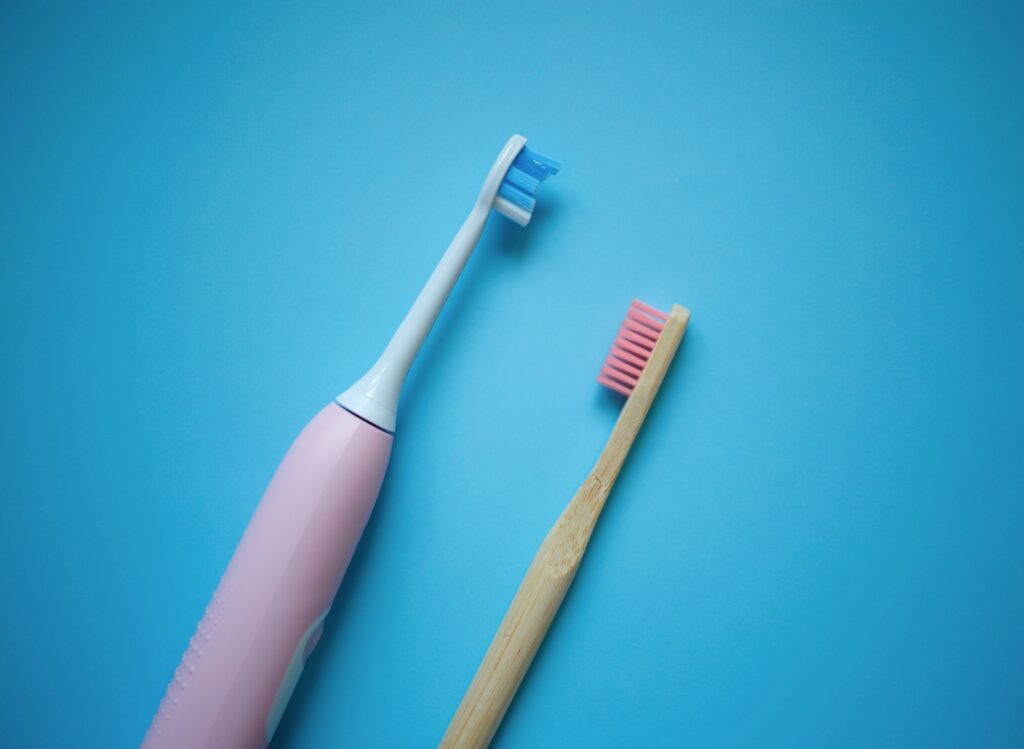
Manual vs Electric: Which One Is Better?
If you’re using proper technique and brushing for two full minutes twice a day, a manual toothbrush can absolutely get the job done. But let’s be honest—most people don’t brush perfectly.
That’s where electric toothbrushes really shine.
Why electric wins (for most people):
- Built-in timers ensure you brush long enough
- Oscillating or sonic motion removes more plaque
- Easier for people with dexterity issues (kids, seniors, arthritis)
Studies show electric toothbrushes reduce plaque and gingivitis more effectively than manual brushes over time. That’s why we often recommend them for our patients at Love to Smile, especially if you struggle with gum health or dental buildup.
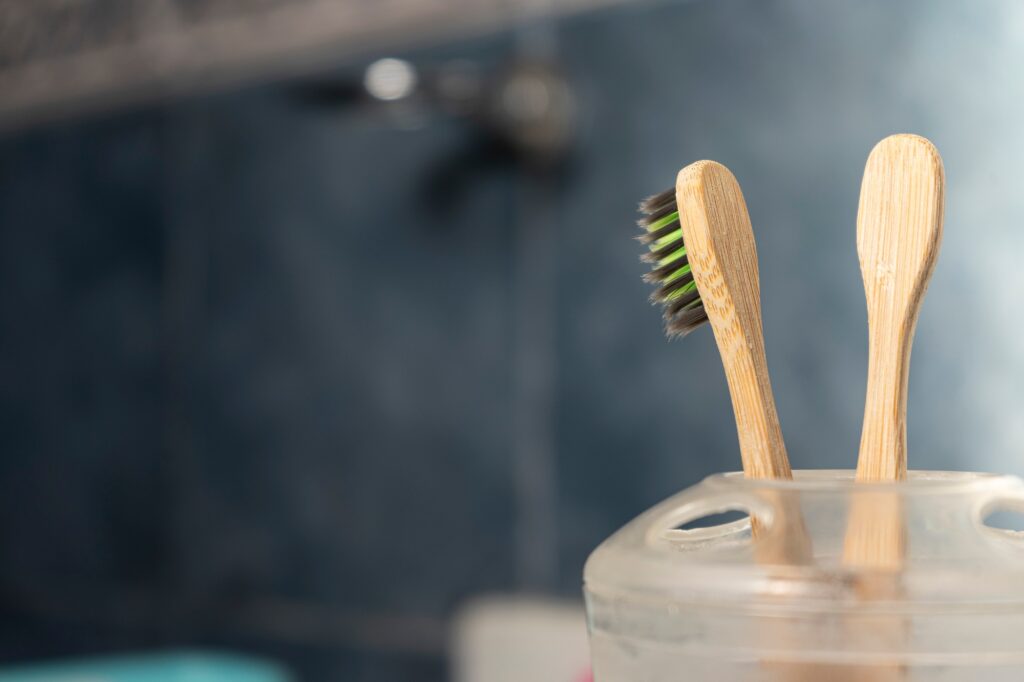
Soft, Medium, or Hard Bristles?
Go soft. Always.
Harder bristles may feel “scrubbier,” but they can damage your enamel and irritate your gums. Most dentists agree: soft bristles are safest and most effective—and they clean just as well when used properly.
If you’re brushing too aggressively, even soft bristles can wear down enamel over time. Use a gentle, circular motion—not back-and-forth scrubbing.
The Best Toothbrush Brands (Backed by Dentists)
For Electric:
- Oral-B iO or Pro Series – Rotating bristles and pressure sensors. Highly recommended for plaque removal.
- Philips Sonicare – Sonic technology helps remove bacteria between teeth and below the gum line.
- BURST or Quip – Sleek design with travel convenience. Great entry-level electric brushes.
For Manual:
- Colgate 360 – A well-designed manual brush with soft bristles and a comfortable handle.
- Oral-B Indicator – Bristles fade over time to show when it’s time to replace.
- Nimbus Microfine – Extra gentle bristles ideal for sensitive gums or post-surgery care.
No matter which brand you choose, make sure the toothbrush has the ADA Seal of Approval to ensure it meets safety and performance standards.
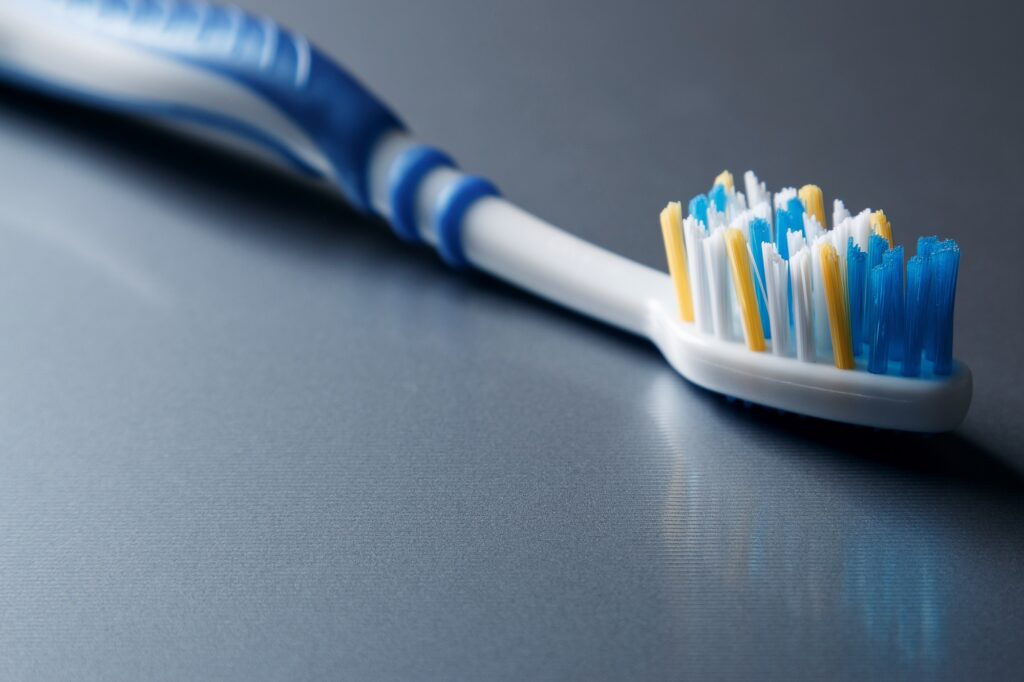
How Often Should You Replace Your Toothbrush?
Every 3 months, or sooner if the bristles are frayed.
Worn-out bristles are less effective and can harbor bacteria. If you’ve been sick (especially with a cold or flu), toss it and get a new one.
For electric toothbrushes, replace the head—not the whole handle.
Tips to Maximize Your Toothbrush’s Effectiveness
- Brush twice a day for 2 minutes
- Don’t rinse off the fluoride toothpaste right away—spit, but let the fluoride sit
- Store it upright in a dry area
- Keep it away from the toilet (yes, really—avoid airborne bacteria!)
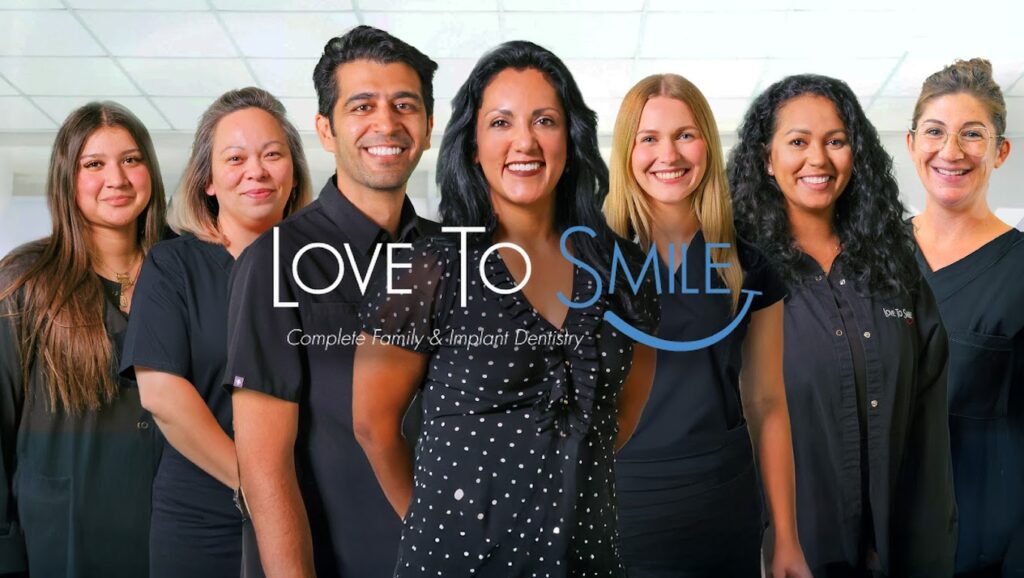
What We Recommend to Our Patients
At Love to Smile, we love both Oral-B and Sonicare for electric toothbrushes. They’re consistent, effective, and easy to use—even for kids and adults with braces or implants.
That said, we care way more about your brushing habits than your toothbrush model. Technique matters. So if you’re unsure whether you’re brushing right, ask us during your next visit—we’ll give you a quick demo that can change your whole routine.
FAQs About Choosing the Best Toothbrush
What toothbrush do dentists recommend the most?
Electric brushes from Oral-B or Sonicare tend to be the most recommended. For manual brushes, any ADA-approved soft-bristle brush is great.
Is an electric toothbrush better than manual?
Yes, especially if you have trouble brushing effectively. They’re more consistent and remove more plaque over time.
Are hard bristles better for removing plaque?
No. Hard bristles can damage enamel and gums. Always choose soft bristles.
How do I know if I’m brushing too hard?
If your toothbrush bristles are fraying quickly, or your gums feel sore, you’re brushing too aggressively. Use gentle pressure and let the brush do the work.
Do I need to replace my toothbrush after being sick?
Yes! Bacteria can linger on the bristles. Replace it after cold, flu, or strep infections.
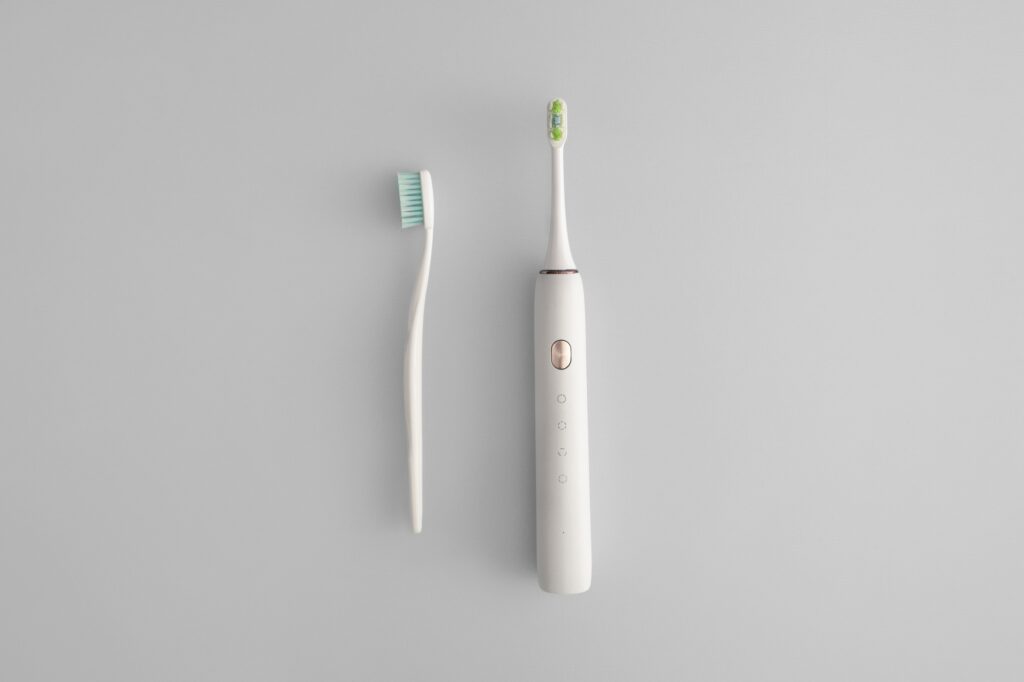
Final Thoughts
So—what’s the best toothbrush?
It’s the one you’ll use twice a day with good technique. If you’re ready to upgrade, an electric toothbrush with a built-in timer can make a huge difference.
Need help choosing the right brush or want a professional recommendation during your next visit? Contact us here or swing by one of our offices in Overland Park or Peculiar. We’re happy to help you brush smarter—not harder.
;)
